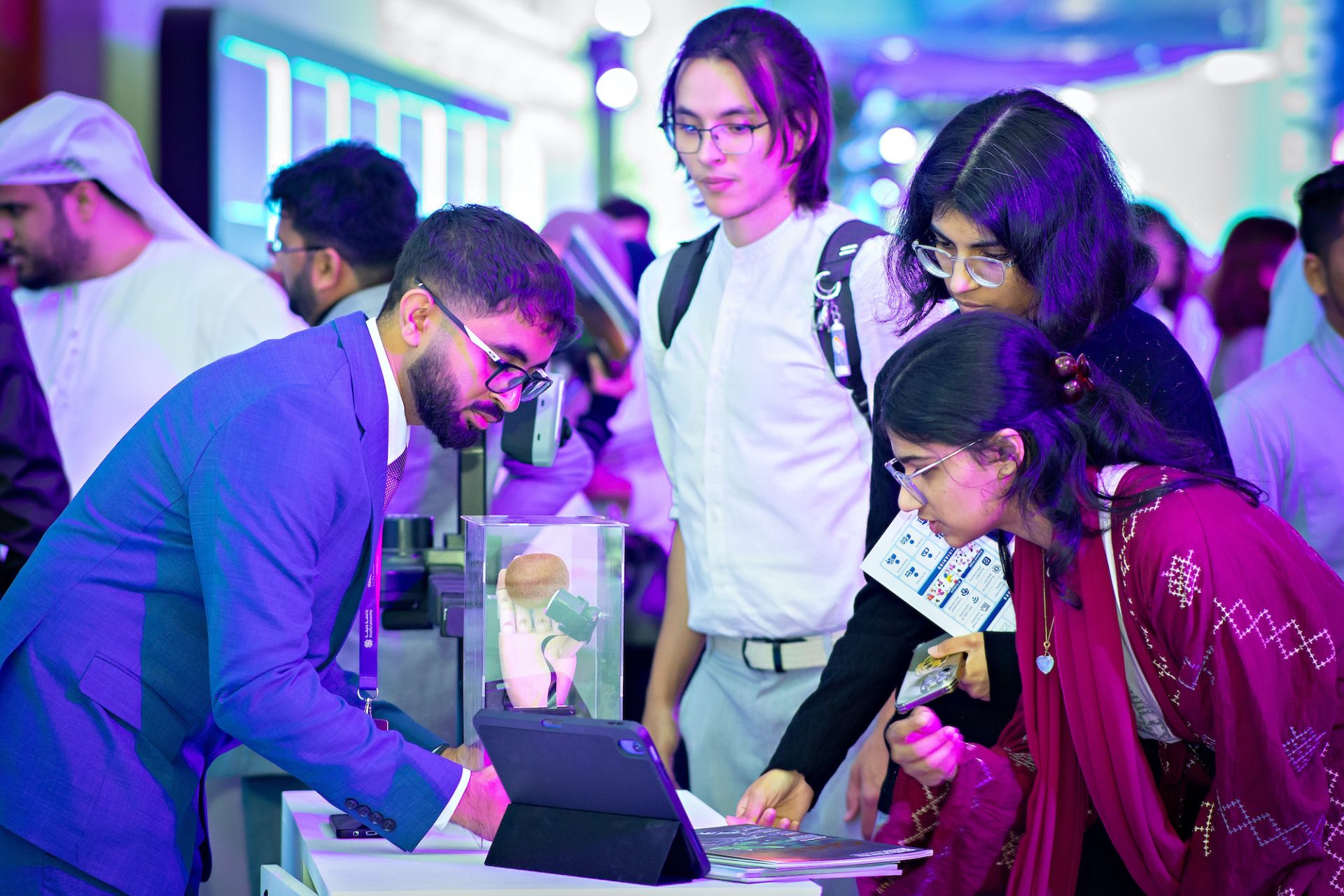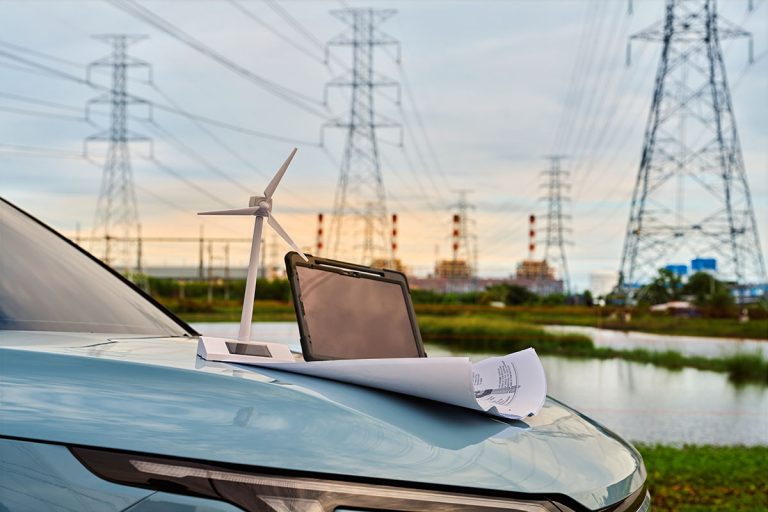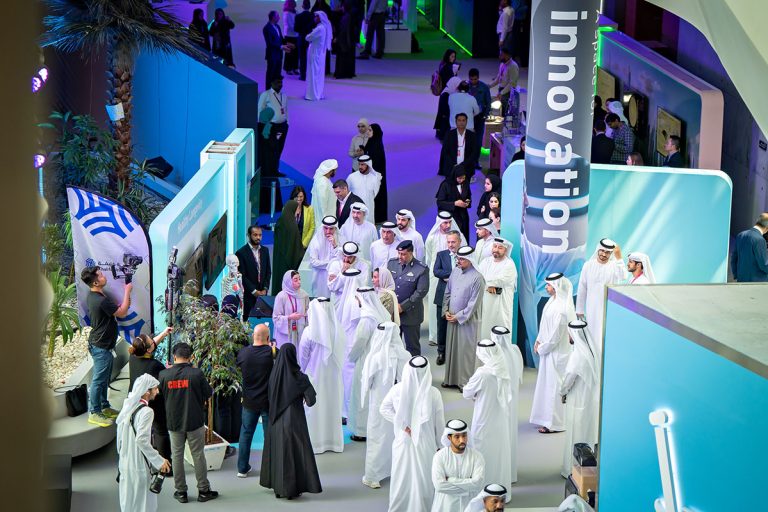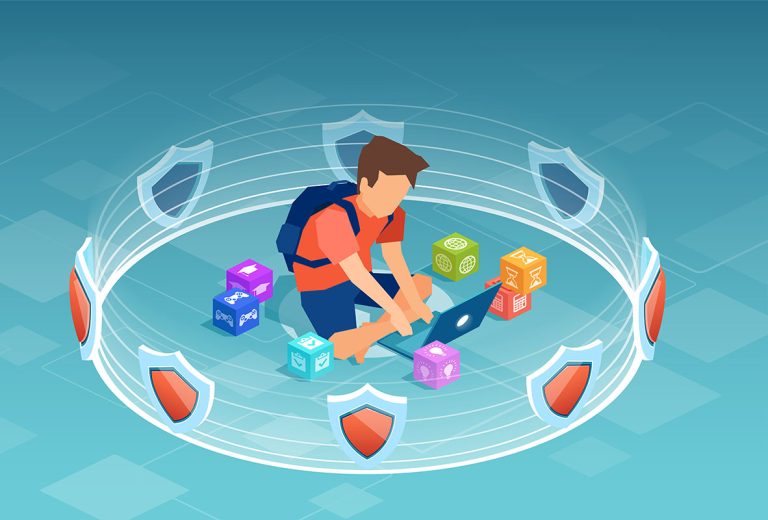Fly, touch, monitor and detect: How machines could change farming
KU researchers are digitizing every aspect of crop care, using advanced AI and autonomous machines to ensure high yields and climate resilience
In the heart of the United Arab Emirates, a farming revolution is unfolding inside the greenhouses led by researchers from the Center for Autonomous Robotic Systems (KUCARS) at Khalifa University. There, a team of researchers is reimagining agriculture through robotics and smart technologies. Instead of farmers in fields, robots are doing the planting, tending and monitoring. From robotic bees and wearable ripeness detectors to disease-spotting apps and intelligent drones, these innovations are defining ways to tackle the world’s toughest agricultural challenges made worse by climate change.
PollenMatic: Reimagining greenhouse pollination
Greenhouses come with their own set of challenges, especially when it comes to pollination. “It is a very controlled environment [with] lots of humidity and moisture you have to maintain compared with open farms,” says Rajmeet Singh Bhourji, a postdoctoral researcher at KUCARS. To tackle this, Bhourji developed “PollenMatic,” a robotic pollination system that mimics the natural behavior of bees through precise vibration technology.
The system has evolved through multiple versions: a handheld device that farmers can use, a mobile robotic pollinator, a gantry robot-based system for large-scale operations, and an ambitious small drone-based pollinator.
“Bees used for pollination in indoor, controlled environments have short life spans. Robotic pollinators show superior performance with around 80% productivity compared with the 60% typical of bees.”
Rajmeet Bhourji
Why go robotic? “Bees used for pollination in indoor, controlled environments have short life spans. Robotic pollinators show superior performance with around 80% productivity compared with the 60% typical of bees,” Bhourji says.
And unlike bees, robots can work around the clock without the need to sleep.
TouchRIPE: AI with a human touch
One of farming’s trickiest activities is gauging fruit ripeness. For some produce, color gives a clear clue. But in fruits, such as avocado or kiwi, determining ripeness can be challenging. “Visually, you cannot tell if they’re ripe,” says Mashood Mohsan, a research associate who joined the KUCARS team in 2023. “Humans can know the hardness of fruit, how firm the fruit is, just by pressing. This is known as human palpation.”
Mohsan came up with “TouchRIPE,” a wearable thumb device for measuring fruit firmness that reduces human errors in judgment while keeping produce intact. “It works by mimicking the way humans press fruit to judge ripeness, but instead of relying on subjective feeling, it uses vision based tactile sensing and AI to provide consistent and accurate results. The goal is to turn the intuition farmers use into a standardized, digital form.”
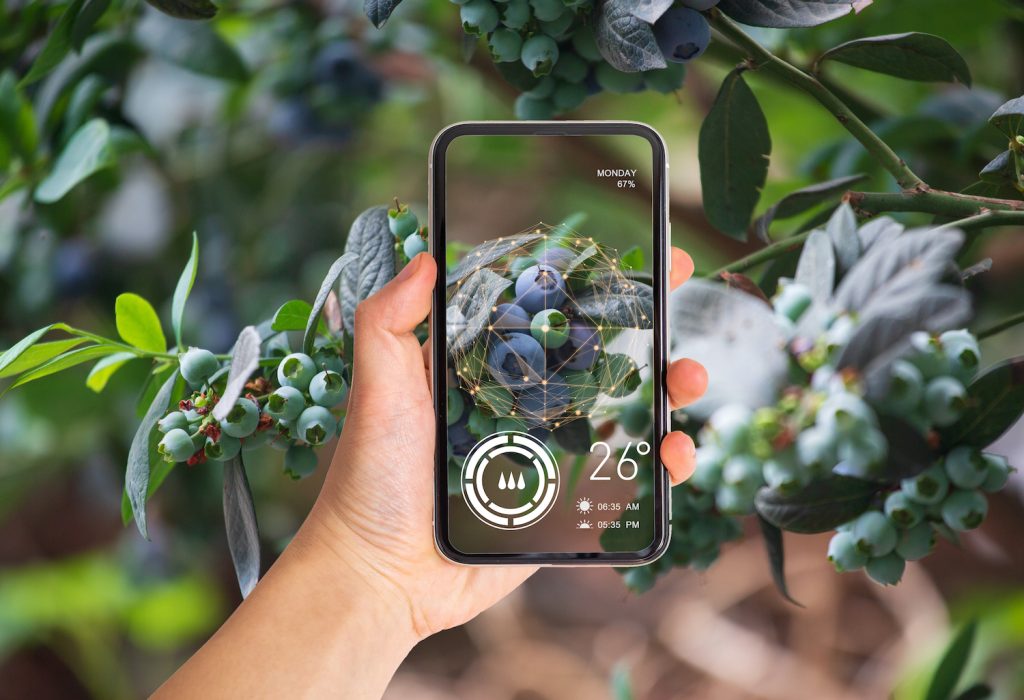
Smart crop monitoring: A bird’s eye view
Postdoctoral researcher Muhammad Owais is developing a smart AI-powered agri-tech drone. Designed to scan entire greenhouse areas without physical contact, the drone fuses computer vision and agricultural expertise to solve multiple problems simultaneously. It can provide quantitative data that surpasses subjective human assessment, and work with crops where traditional methods fail.
“Methods based on AI are data dependent. If we can get more accurate, more diverse data for any particular field or crop, then we can train our AI model to improve its accuracy,” Owais says.
The team started with blueberries, a very expensive crop that is costly and weather-sensitive with a short harvest lifespan. To tackle the challenge, the system uses multiple imaging modalities, including infrared cameras that work regardless of lighting conditions, combined with RGB cameras for color analysis. The AI algorithms are trained on local data from across the UAE.
Initial testing has shown promising results, according to Owais. “We achieved around 60-65% accuracy in terms of ripeness, and 70% for yield information, but our goal is to achieve 80-90%.”
Detecting plant disease: In real time
Existing agricultural AI solutions rely on generic datasets typically collected in controlled lab environments to identify plant diseases. That’s where computer vision engineer Muhammad Fahad Nasir steps in. His prototype smartphone application uses AI models trained specifically for the UAE’s challenging agricultural ecosystem, which is characterized by high heat, humidity and soil salinity.
The technology targets crops including tomatoes, strawberries and bell peppers using a multimodal approach that combines image-based disease detection with contextual farm data.
“By empowering farmers with an easy-to-use, Al-driven mobile application, we reduce their dependence on delayed lab testing or guesswork, and instead provide them with immediate, data-driven insights.”
Muhammad Nasir
“Undetected diseases can devastate entire harvests within weeks, leading to significant financial and food security issues,” says Nasir.
The app goes beyond simple diagnostics to early disease detection, helping to prevent outbreaks.
“By empowering farmers with an easy-to-use, Al-driven mobile application, we reduce their dependence on delayed lab testing or guesswork, and instead provide them with immediate, data-driven insights,” Nasir explains.
Looking ahead, he envisions the system evolving into a comprehensive smart-farming platform that integrates disease detection with predictive analytics, crop health monitoring, and precision treatment recommendations.
Climbing date palms? There’s a drone for that . . .
The versatility of robotic agricultural systems can extend far beyond greenhouse operations. Rajmeet Bhourji has already begun exploring applications for outdoor farming, including pollination in the UAE’s crucial date palm crop.
Date palm pollination presents unique challenges that robotic systems are ideally suited to address. “The date plant is very tall. People have to climb up there and do the pollination, because dates have separate male and female flowers.” His solution involves drone-based technology that can easily reach the height of date palms while carrying pollination materials.
The adaptability of these technologies across different crops represents a key commercial advantage. “You can use this pollination technology for tomatoes, strawberries, cucumbers and watermelon,” Bhourji says. This versatility means “this is a commercial, generalized product,” he adds.

